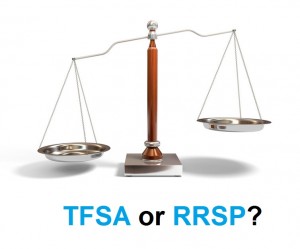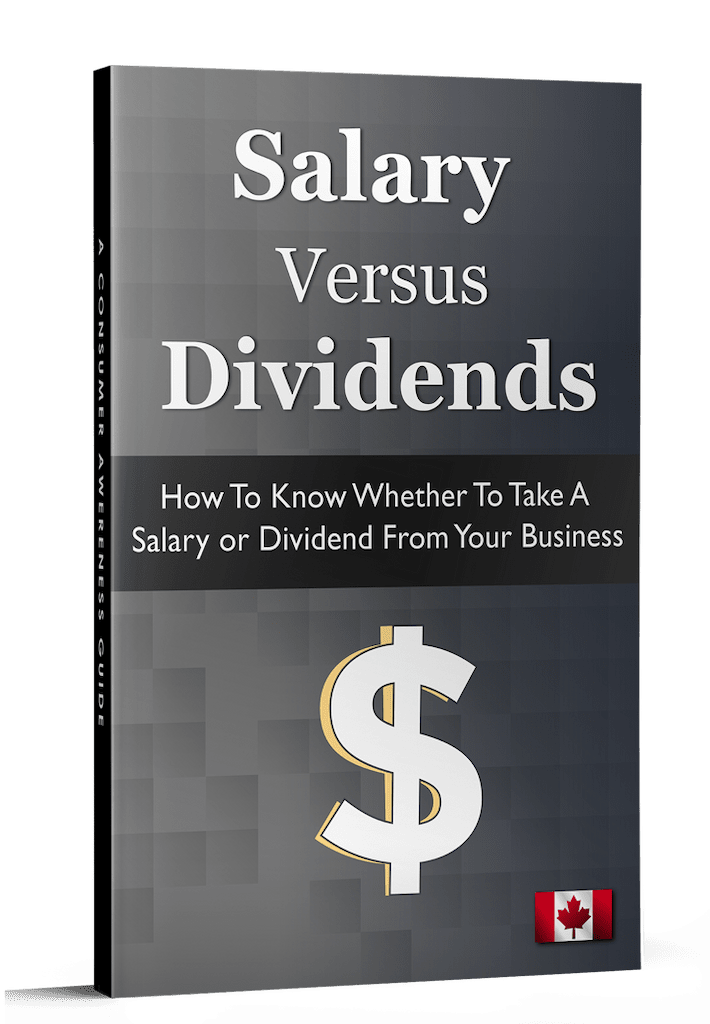Last month, the federal budget revealed that the new Tax-Free Savings Account (TFSA) limit had been raised from $5,500 to $10,000 per year. While this is nearly doubled the original limit, it falls short of the expected $11,000. Still, the 82% increase in contribution room will have a significant change in your financial planning. In today’s blog post, I want to take a look at how the new TFSA limit will affect you.

Photo by: GotCredit licensed under Creative Commons Attribution 2.0 Generic
If you are an eligible client who has not contributed since the TFSA was introduced in 2009, you now have a contribution limit of $41,000. Investors who put the full $10,000 will save $3,708 in tax over the course of ten years, and increase their after-tax investment income by 12%, at a 5.5% rate of return. Taking advantage of the new limit produces better results than if you had contributed $5,500 at the original limit and $4,500 to a non-registered account.
Although the budget hasn’t technically been passed yet, the CRA has announced that the change in the TFSA contribution room is effective immediately. So if you had already used up the $5,500 annual limit this year, don’t worry—you can still add an additional $4,500 without being penalized.
It’s safe to say that even with the change, Canadians in the middle tax brackets—those who earn around $50,000 a year—are not likely to contribute more than the original $5,500. This is because that amount represents nearly 20% of their pre-tax earnings, so these numbers make it highly improbable that middle-income clients would make use of the full $10,000 in any case.
The good thing about the new limit is that it greatly benefits both lower-income and wealthy clients. If you are making less than $50,000, the extra contribution room makes TFSAs more preferable to RRSPs because investment income made in a TFSA and withdrawals are both tax-free. With the increased limit, you will find that a TFSA may be ideal for long-term purposes such as retirement. Similarly, clients nearing retirement will find that they can make withdrawals earlier and move their proceeds from a RRSP to a TFSA. Traditionally, the money in a RRSP is left alone for as long as possible before making withdrawals in order to continue the tax deferral. With the money being in a TFSA, they will be now be able to withdraw without incurring taxes.
If you are making more than $50,000 annually, you can now transfer investments in a non-registered account to a TFSA. With more contribution room, clients should look at how much those assets have increased in value and why the money is needed before moving these investments. In addition, you want to put in investments that don’t have much capital gain in order to avoid taxes upon withdrawal. Moving money between a non-registered account and a TFSA allows advisors to manage their clients’ investments more effectively.
A new limit for the TFSA allows advisors more creativity when it comes to helping their clients with financial planning. Be sure to speak with your financial advisor today about what works for you and how to make the most of the new TFSA limit.
Quick Facts
- In 2013, 11 million people had opened TFSAs and 1.9 million people had hit their contribution limits.
- The new TFSA limit will cost the government about $1.1 billion in reduced taxes by 2020—within 5 years
Related Links
Top TFSAs Myths Debunked
https://www.ironshield.ca/articles/tax-free-savings-accounts-tfsa-myths-and-tips/
TFSA vs RRSP
https://www.ironshield.ca/articles/tfsa-vs-rrsp-wheres-the-best-place-for-your-money/





 There is a potential time bomb lurking in Tax Free Savings Accounts (TFSA) that have investments in them that were purchased using a Deferred Sales Charge (DSC) compensation model.
There is a potential time bomb lurking in Tax Free Savings Accounts (TFSA) that have investments in them that were purchased using a Deferred Sales Charge (DSC) compensation model. We are in an investment environment that will challenge even the most seasoned investment manager.
We are in an investment environment that will challenge even the most seasoned investment manager.




